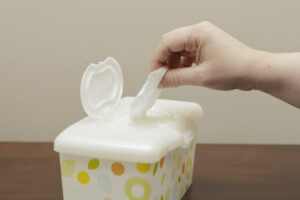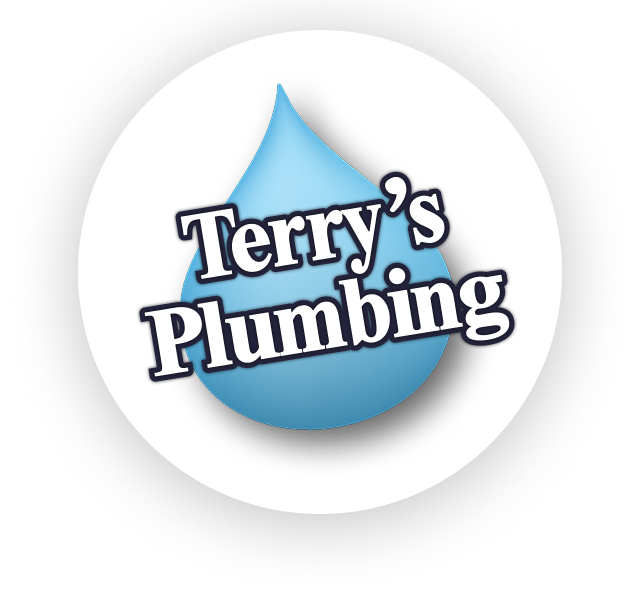Pro TIps
5 DIY Home Plumbing Myths
At Terry’s Plumbing, we talk to a lot of homeowners who have misconceptions about plumbing. Belief in some of these myths can cause breakdowns, leaks and other plumbing problems. We do our best to educate our customers about these problems. Understanding how your home plumbing system works can help prevent maintenance problems and plumbing emergencies.
It’s a Good Idea to Put a Brick in Your Toilet Tank
It’s true that putting a brick in your toilet tank can displace water, saving water with every flush. However, bricks deteriorate with time, especially when submerged. As the brick in your toilet tank deteriorates, your tank will fill with grit, gravel and sediment. This sediment can cause the deterioration of your toilet tank parts and could lead to a clog in your pipes.
The best way to save water is to replace your older toilet with a modern low-flow toilet. Older toilets use up to 7 gallons with every flush, while high-efficiency toilets use around 1.28 gallons of water per flush, saving you hundreds of gallons of water and a lot of money.
If replacing your toilet isn’t a realistic course of action at this time, putting a plastic quart container with water and sand inside the toilet tank is a better idea.
Lemons Rinds are Good For Your Garbage Disposal
Lemon rinds smell good when ground up in the garbage disposal, but rinds can clog the mechanics of your appliance. If you’re worried about smells in your garbage disposal, try flushing the disposal with vinegar and hot water. Vinegar is a natural cleaning agent and can negate some of the odors you’re noticing. If this doesn’t work, sprinkle the garbage disposal with baking soda and leave it in the unit overnight.
You Can Flush Grease Down Your Pipes with Hot Water
Many people believe that flushing oil and grease down the drain is acceptable as long as it’s flushed with hot water. However, when that hot water cools, the oil and grease in the pipes will form a sludge and can eventually cause a clog. The best course of action is to give the grease time to solidify, then throw it away in the trash.
It’s Ok to Flush “Flushable” Wipes Down the Toilet
Products like diapers, kitty litter, tampons and wipes can clog pipes. Even products that say “flushable” on them are not safe for your pipes. The only things that can be safely flushed down the toilet are human waste and toilet paper. Be very wary of any product’s claims of flushability. When at all possible, find other ways to dispose of your household products.
Water Heaters Don’t Need Maintenance
Water heaters do need maintenance! Flushing the sediment out of your water heater on an annual basis can help lengthen your water heater’s service life and can save you money by keeping your water heater running efficiently. Flushing your water heater is an easy DIY project. For more information about how to flush your water heater, take a look at our previous blog post on this subject.
Contact Terry’s Plumbing
At Terry’s Plumbing, we can help replace your toilet with a low flow model, clean out your garbage disposal if it becomes clogged and flush the sediment out of your water heater. Give us a call for service and maintenance in the Pittsburgh area.
